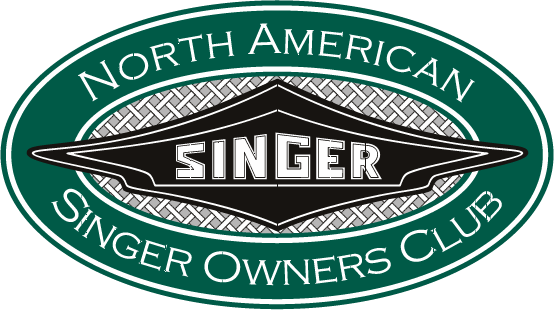By 1935, Singer had established a solid reputation at the retail sales level as well as in competition, based on a succession of victories at the hands of works drivers and private owners alike. Their sales catalogues boasted of successes at Le Mans, best performance in the 1100 cc class and 9th overall in the daunting Liege-Rome-Liege Rally, a class win in the RAC Rally, a win in the Australian Grand Prix, the Wakefield Trophy, the Light Car Cup, the Haugton Cup, the Light Car’s Relay Race at Brooklands and Merlin Minshall’s success as the only British entry to finish in Mussolini’s non-stop 6000 kilometer Foreign Trophy race around Italy.
Flushed with these successes, Singer’s competition department introduced a new racing Nine called the Replica. Only four of these light weight cars were ever built, but at Le Mans they were well ahead of their MG and Riley rivals.
Based on their exemplary track record, Singer prepared all four of its 1 litre Replicas for the 1935 Tourist Trophy Race at  Ards, with the full confidence that they would beat their principal rivals, the Fiat Balilas and the Adlers. The Singer team was a seasoned group of drivers, including Sammy Davis, Norman Black, Alf Langley and Donald Barnes.
Ards, with the full confidence that they would beat their principal rivals, the Fiat Balilas and the Adlers. The Singer team was a seasoned group of drivers, including Sammy Davis, Norman Black, Alf Langley and Donald Barnes.
Davis was leading the 1 litre class comfortably, enjoying the race and the performance of his car, when he came upon Alf Langley’s car smashed and well dug in to the bank at Bradshaw’s Bray. Langley was standing and appeared to be uninjured and Davis assumed that he had merely taken the corner at too great a speed. Davis continued on until the half way point where he pulled over for a pre-arranged pit stop. The stop was brief and after several additional laps, Davis was shocked to see Norman Black’s car smashed badly, just below Langley’s at virtually the same location on the track. Davis assumed there must be something odd about the turns and kept a vigilant look out for the next couple of rounds.
With only nine laps to go, Davis felt that number 37 was running so well that he could push it just a little harder. Coming down the same stretch as Black and Langley at Bradshaw’s Bray, he heard a nasty snap and the steering went completely loose. The front wheels straightened out and the car shot off the curve, up the hill and landed, crumpled, on top of Norman Black’s wreck.
Examining the cars, it was found that they all had suffered the same problem – a broken steering linkage. Barnes, still running strong, was flagged down by race officials, apprised of the problem and returned to the pits at a gentle amble.
The team then faced the difficult and humbling task of retrieving their battered cars. At first it seemed that No 37 was in pretty poor shape even as far as wrecks go, and Sammy Davis was somewhat annoyed that someone had already liberated him of his St. Christopher’s plaque. However, even though the body was beyond repair, the chassis was recoverable and the car was rebuilt. The parts of the two others were combined and rebuilt as one.
A thorough inquest was held into the steering linkage problem with the TT Team. It happened that the entire steering gear of the Le Mans Singers had been redesigned prior to the race as a result of tests before, during and after the race at Le Mans. However, the regulations of the Tourist Trophy made it impossible to use the new steering linkage arrangement until it had been installed on production cars, which was impossible before the Ards race. Consequently, Singer was forced to use the old linkage. Two theories have surfaced as to why the breakage occurred. The first is that the metal used for the replacement steering arms was of inferior quality and the second was that the old style steering linkage was too inflexible to take the pounding it was given on the circuit.
Whatever the cause, this crash had a devastating impact on sales at Singer distributorships. Compounding the problem, Singer terminated its official involvement in motor racing, although the company continued to fund Singer participation in motorsport events under the Autosports banner, where the cars continued to enjoy great success.
By 1936, Singer was teetering on the verge of bankruptcy and with no official competition programme in place, the battle with MG that they had joined with such enthusiasm in 1933 was abandoned.
